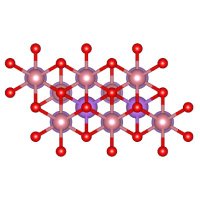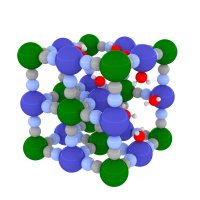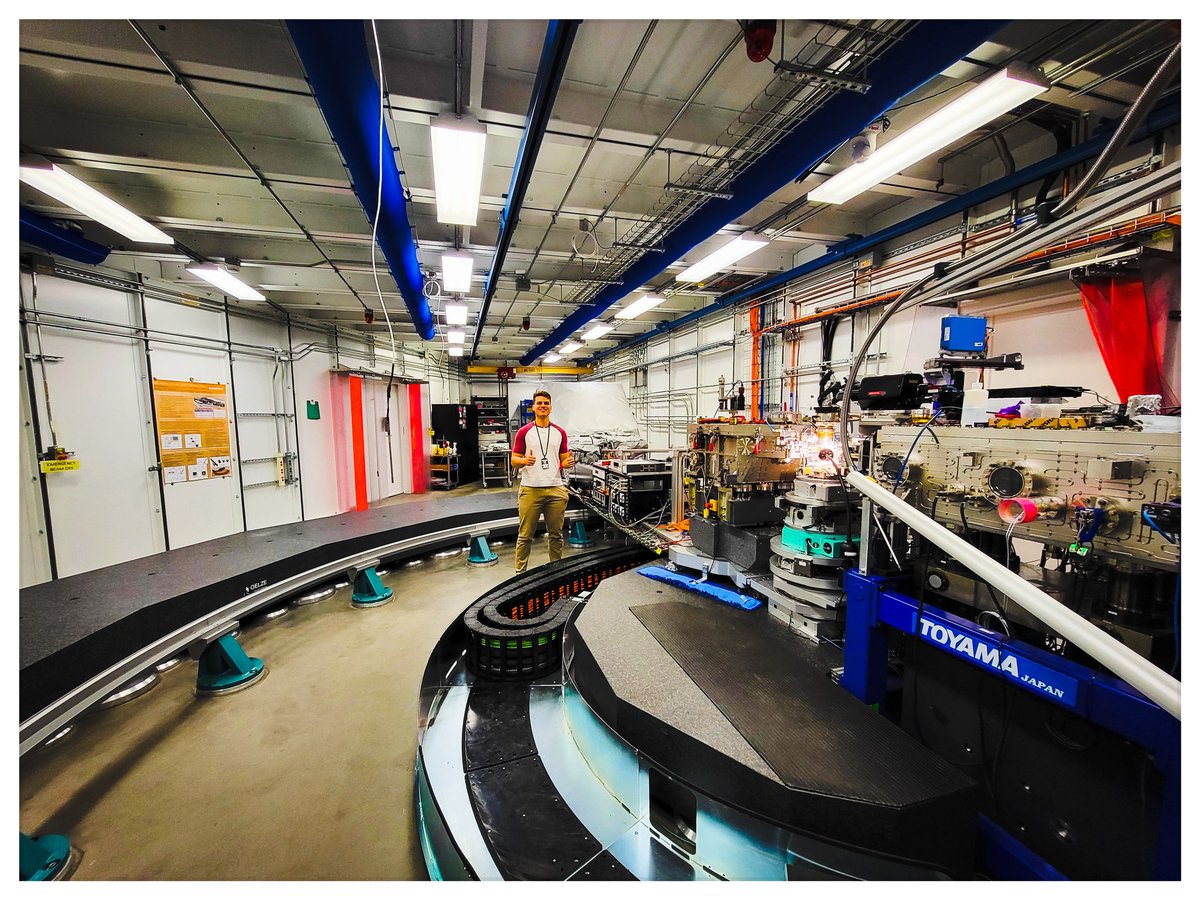
Gregory Rees
@gregjrees
#NMR / #MRI @SolbatF Researcher at @OxfordMaterials, @UniOfOxford.
Also on bluesky
ID: 37689269
04-05-2009 15:58:45
230 Tweet
229 Followers
354 Following

#6 CATMAT-Faraday Institution Cathodes Project researchers advance high-energy-density cathodes, unravelling molecular oxygen formation at high states of charge. Crucial for reversible high-voltage cycling, this research opens avenues for advancing the range of #EVs. 🚗 🔗faraday.ac.uk/success-storie…


I have a PhD studentship available in the Energy Materials Group (Birmingham) group, based in the School of Metallurgy and Materials, University of Birmingham - PLEASE SHARE Find out about the project and how to apply by following the link: jobs.ac.uk/job/DFL064/phd… (1/3)

Many congratulations to the winners of the Faraday Institution Early Career Researcher (ECR) Collaboration Awards 👏

Q. Do Ni-rich cathodes form trapped O2 within them when charged in Li-ion batteries? A. We believe so, and in our latest work we show how. 👇 Credit to Mikkel Juelsholt and Jun Chen for driving this work as part of the Faraday Institution's CATMAT-Faraday Institution Cathodes Project project. pubs.rsc.org/en/content/art…

Voltage fade is a tricky problem for Li-rich cathodes. In John-Joseph Marie's latest paper, we follow the oxygen redox reaction to uncover how voltage fade arises. Take a look at Nature Materials and watch this space for more from the CATMAT-Faraday Institution Cathodes Project team soon. nature.com/articles/s4156…

A week of inelastic neutron scattering on MARI ISIS Neutron and Muon Source. One Bart and Mengjiang for scale.


Now for 6 days of QENS on the reborn Osiris ISIS Neutron and Muon Source One Bart for scale.




DPhil student Mengjiang Lin talks about how her research is helping to improve energy storage materials and her experience as an EPSRC ICASE student. @12313_472146701 Oxford Materials Oxford Instruments UK Research and Innovation ukri.org/blog/supportin…



Monitoring electrolyte loss and degradation, a widely known battery problem, with ultra-low field NMR. Grateful for this wonderful collaboration with the Budker lab and for the awesome work by Anne, Roman, Florin Teleanu , and others!!! chemrxiv.org/engage/chemrxi…



Check our Hua’s paper in Cell Reports Physical Science where we [1] investigate high-entropy argyrodites as electrolytes in solid-state Li-S batteries [2] identify Li5.7PS4.7Cl0.65Br0.65 as a promising composition [3] show that low local porosity results in increased CCD
![pastagroup (@pastagroup) on Twitter photo Check our Hua’s paper in <a href="/CellRepPhysSci/">Cell Reports Physical Science</a> where we [1] investigate high-entropy argyrodites as electrolytes in solid-state Li-S batteries [2] identify Li5.7PS4.7Cl0.65Br0.65 as a promising composition [3] show that low local porosity results in increased CCD Check our Hua’s paper in <a href="/CellRepPhysSci/">Cell Reports Physical Science</a> where we [1] investigate high-entropy argyrodites as electrolytes in solid-state Li-S batteries [2] identify Li5.7PS4.7Cl0.65Br0.65 as a promising composition [3] show that low local porosity results in increased CCD](https://pbs.twimg.com/media/GY5oJo0XcAArp2W.jpg)

📣 Faraday Institution Early Career Researcher (ECR) Collaboration Awards deliver impact! A great initiative for ECRs to engage in independent research as lead applicants 🔋 Find out how: lnkd.in/eC97Kp9n




Check out Emily’s paper in ACS Materials Letters on Li₂OHBr-derived glass solid electrolytes! Key takeaways: [1] hard to make (we used twin-roll quenching) [2] improved ion dynamics [3] unstable under pressure. pubs.acs.org/doi/10.1021/ac…
![pastagroup (@pastagroup) on Twitter photo Check out Emily’s paper in <a href="/ACSMatLett/">ACS Materials Letters</a> on Li₂OHBr-derived glass solid electrolytes! Key takeaways: [1] hard to make (we used twin-roll quenching) [2] improved ion dynamics [3] unstable under pressure. pubs.acs.org/doi/10.1021/ac… Check out Emily’s paper in <a href="/ACSMatLett/">ACS Materials Letters</a> on Li₂OHBr-derived glass solid electrolytes! Key takeaways: [1] hard to make (we used twin-roll quenching) [2] improved ion dynamics [3] unstable under pressure. pubs.acs.org/doi/10.1021/ac…](https://pbs.twimg.com/media/GkpeNaEW4AAusdD.jpg)

Delighted to share another work from my time with PeterBruceGroupOxford out now in EES We look at how multi-length scale disorder shapes Li-ion transport in lithium argyrodites! Fun combination of x-rays Diamond Light Source and neutrons Institut Laue-Langevin ! tinyurl.com/4sfjxfb7




